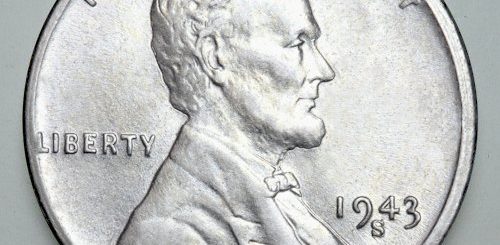1933 Double Eagle Coin
The 1933 Double Eagle Coin was a regular issue of the Saint-Gaudens Double Eagle twenty-dollar gold coins. This particular double eagle issue was struck in 1933, which was the last mintage year of the said coin series. Although there were over 400,000 coins struck, none of them reached the public circulation. With the ending of the gold standard under the 1934 Gold Reserve Act and the 1933 Executive Order 6102, the reign of the double eagle coins also met its end.
Production of the 1933 Double Eagle Coins barely missed these orders. But since they were no longer considered a legal tender, they were ordered to be melted not long after they were minted. However, not all of them met the gruesome end. Some escaped the melting and the very few surviving specimens are enjoying a high value in the rare coin collection market today. In fact, the 1933 Double Eagle is the second-highest auctioned U.S. coin—sold at over 7 million U.S. dollars! It is said to be today’s ultimate dream of coin collectors and numismatists. Supposedly, there were only two 1933 Double Eagle coins meant to survive and these were the coins given to the U.S. National Numismatic Collection. Today, these coins are on display at the National Museum of American History’s Money and Medals Hall. However, it was later discovered that an unknown number of 1933 Double Eagle coins were stolen from the Mint.
It was only in 1944, ten years after their supposed destruction, that the U.S. Mint and the Secret Service learned of their existence. Thanks to an investigative journalist who found the coin at an auction and did some research on the coin, which led him to report his findings to the U.S. Mint. The Secret Service recovered around 20 pieces of these gold coins, but it’s still unknown how many are still out there. They were also able to identify the culprits of the crime. However, the statute of limitations had already passed so the thieves escaped prosecution.
One of the sought-after Double Eagle coins found its way to Egypt’s King, who is famous for being a collector of all sorts of things—King Farouk. The king purchased the gold coin and luckily obtained an export license from the U.S. Treasury Department shortly before the theft was exposed. The Department attempted to retrieve the coin but World War II broke out. When King Farouk was deposed in the 1952 coup d’etat, the Egyptian government promised to return the coin to the U.S. but the coin was nowhere to be found.


